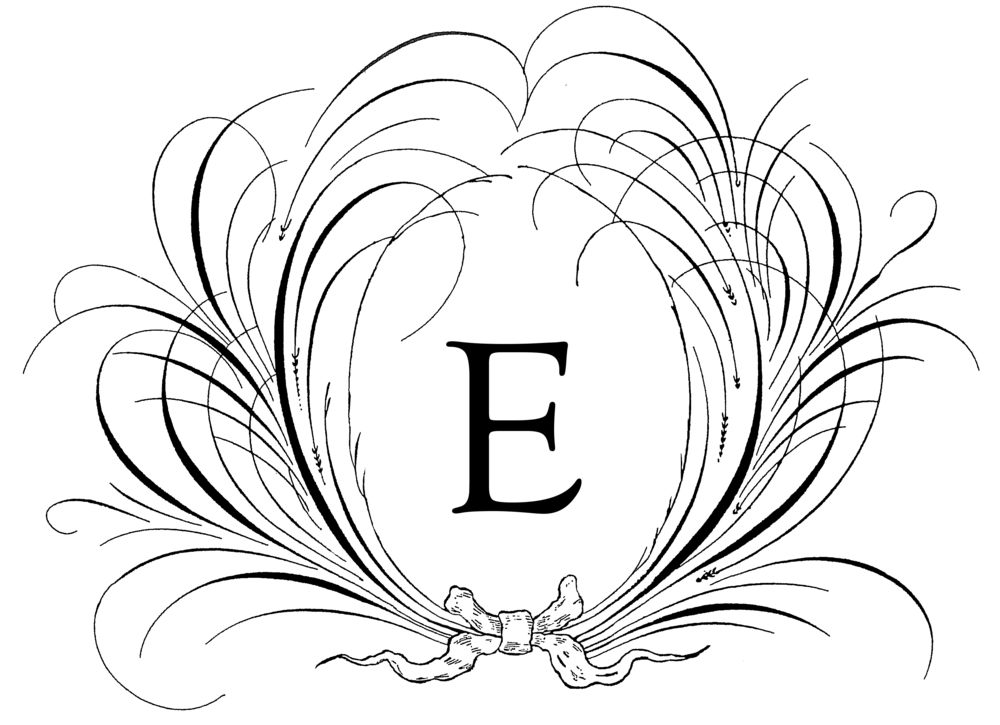One of my college girls has a birthday coming up and her sister is at the same college, so when I was preparing a birthday box, of course, I had to make a second one for her sister. I had already purchased a set of birthday cards to be sent on just the right day to arrive in time, but I wanted a card to go in the box too. Initially, I thought I would do a printed birthday banner, but my husband did not look like he was going to give up the printer any time before I wanted to mail the package, so plan “B.”
Michael’s had a wonderful deal on gold-foil cards – 60 cards for $5. That is eight cents a card. You cannot get them that cheap anywhere! They are a very nice quality, not at all flimsy like I thought they would be. They looked very young and just what the girls would like. However, I wanted to take them to the next level – embroidered cards.
Gold-Foil Note Cards from Michael's
Machine embroidering on paper was one of the first things that I tried when first received my machine. I am not sure why I was so intrigued that I put it above so many other fabulous features, but I did. I had hooped a piece of medium cut-away stabilizer, sprayed adhesive on the back of the paper and ta-da! It worked beautifully. Somehow, I had enough common sense not to use a dense design, so it did not cut through the paper and make it pop out like a cut-out.
Stitched Alphabet with Guidelines and Jump Stitches
This summer, I was experimenting with the standard built-in stitches on my sewing machine, as I wanted to know which ones were compatible with the sewing machines that I was going to teach on at the Fairfield Library (also see Fairfield tag below). During that process, I played with the built-in alphabet characters. These are different from the actual embroidery characters, because they are generated using the utility function for stitches and the foot pedal. It does not use a hoop or an embroidery foot. It does not sew automatically, the foot pedal must be engaged and I must guide the fabric. This is truly a sewing function, not embroidery and yet they are alphabetical characters.
Reverse Side of Stitched Alphabet with Jump Stitches
These built-in alphabet characters are so much fun and they are so quick to produce a word and the best part is that they can be done without hooping or stabilizer. They were just what I needed to make these cards a little more personal. Besides, the birthday girl is the only one in the family who knows how to machine embroider and I know how much she loves machine embroidery.
Finished Greeting Cards
So the question is, what do you consider the built-in alphabets – embroidery or stitching?
























